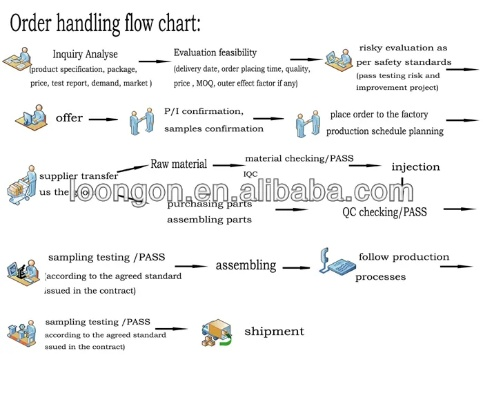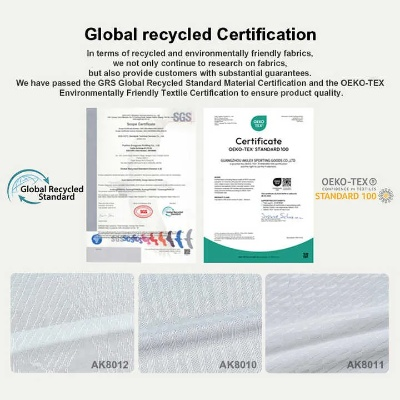Understanding the Challenges of Textile Exports to the United States
: Challenges Facing Textile Exporters to the U.S. Market,In recent years, textile exporters have faced significant challenges in entering the American market due to various factors such as high tariffs, changing consumer preferences, and trade policies. These challenges have resulted in reduced sales volumes and increased costs for exporters. Additionally, the U.S. government's protectionist policies have further complicated the situation for textile companies seeking to enter the country. Despite these obstacles, there are still opportunities for textile exporters to penetrate the U.S. market through strategic partnerships and innovative marketing strategies.
Introduction: Textile exports to the United States have long been a vital part of many countries' economies. However, with the recent changes in US trade policies and regulations, exporters are facing new challenges. In this article, we will explore the requirements for textile products to be exported to the United States and provide some practical tips for exporters.

-
Understanding US Trade Policies The US has implemented several trade policies aimed at protecting domestic industries and reducing reliance on foreign goods. Some of these policies include tariffs, import quotas, and anti-dumping measures. To comply with these policies, exporters must carefully research and comply with all relevant regulations and guidelines.
-
Compliance with US Standards US standards are very specific and can vary depending on the type of textile product being exported. Exporters must ensure that their products meet or exceed US standards to avoid any penalties or rejections from US customs.
-
Ensuring Product Quality Quality control is crucial when exporting textile products to the US. Exporters must ensure that their products are of high quality and meet the standards set by the US. This includes testing for compliance with US safety and environmental regulations.
-
Proper Packaging and Labeling Packaging and labeling are also important factors to consider when exporting textile products to the US. Exporters must ensure that their products are properly packaged and labeled to prevent any potential issues during customs clearance.
-
Adhering to Customs Regulations Customs regulations vary depending on the country of origin and destination. Exporters must ensure that they comply with all customs regulations and procedures to avoid any delays or rejections during customs clearance.
-
Understanding Restrictions and Bans Restrictions and bans on certain types of textile products can pose significant challenges for exporters. It is essential for exporters to stay informed about any restrictions or bans imposed by the US government on specific types of textile products.
-
Negotiating with US Importers Negotiating with US importers can help exporters overcome some of the challenges associated with exporting textile products to the US. By working closely with importers, exporters can ensure that their products meet the needs and expectations of US customers.
Case Study: One example of a successful textile export to the US was a company that exported woven cotton fabrics to the US market. The company had to comply with multiple regulations and standards set by the US government. They also had to ensure that their products met the quality standards set by the US. Despite these challenges, the company managed to successfully export its products to the US market and gained a significant share of the market.
Conclusion: Exporting textile products to the US can be challenging, but it is possible with proper planning and preparation. Exporters must understand US trade policies, comply with US standards, ensure product quality, adhere to customs regulations, understand restrictions and bans, negotiate with US importers, and work closely with US importers. By following these steps, exporters can overcome some of the challenges associated with exporting textile products to the US and achieve success in the market.
随着全球贸易的不断发展,纺织品作为重要的出口商品之一,其出口美国的要求也越来越严格,本文将围绕纺织品出口美国的相关要求进行探讨,并通过案例分析进一步说明。
纺织品出口美国的基本要求
产品质量与安全标准
纺织品出口美国必须符合相关国家和地区的产品质量与安全标准,这些标准包括但不限于环保标准、安全标准、质量认证等。

贸易合规性
纺织品出口美国需要遵守国际贸易规则和法律法规,包括关税、配额、许可证等,还需要提供相关的商业文件和证明材料,如合同、发票、质量检测报告等。
案例分析
以某纺织品出口企业为例,详细说明纺织品出口美国的具体要求。
产品质量与安全标准
该企业出口的纺织品必须符合环保标准和质量认证,在环保方面,必须符合国际环保组织的相关要求,同时还要提供相关的环保认证文件,在质量方面,必须提供质量检测报告,证明产品的质量符合相关标准和要求。
贸易合规性
该企业在出口前需要向当地相关部门申请出口许可证,还需要提供相关的商业文件和证明材料,如合同、发票等,在出口过程中,还需要遵守关税、配额等规定,确保产品的合法性和合规性。
补充说明
为了更好地理解纺织品出口美国的要求,我们可以使用英文表格进行补充说明,以下是英文表格:
表格1:纺织品出口美国要求表格
| 项目 | 示例说明 | |
|---|---|---|
| 产品质量与安全标准 | 符合国际环保标准和质量认证要求 | 该企业出口的纺织品必须符合相关国家和地区的环保标准和质量认证要求 |
| 贸易合规性 | 遵守国际贸易规则和法律法规 | 该企业在出口前需要向当地相关部门申请出口许可证,并遵守关税、配额等规定 |
| 其他要求 | 提供商业文件和证明材料 | 如合同、发票等 |
纺织品出口美国的要求越来越严格,企业需要遵守相关法律法规和国际标准,确保产品的质量和合规性,企业还需要加强自身的质量控制和安全管理,提高产品的竞争力,通过案例分析,我们可以更好地了解纺织品出口美国的要求和具体操作流程。
Articles related to the knowledge points of this article:
The Global Fabric of Innovation
The Fabric of Future:Embracing the 21st Century Textile Revolution
Navigating the New Trends in Xinxiang Textile Fabric Wholesale Market
The Evolution of Quality and Innovation at Guangzhou Chunsheng Textiles
Blue Dream Textiles:A Journey Through Quality and Innovation
Chinas Textile Industry:A Glimpse into the World’s Largest Producer



